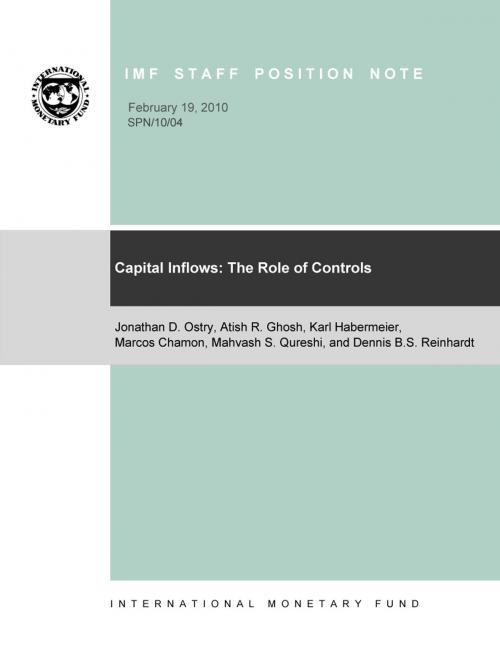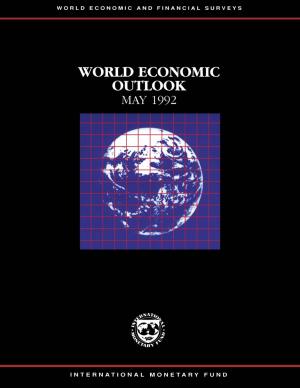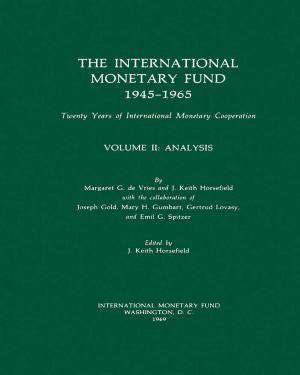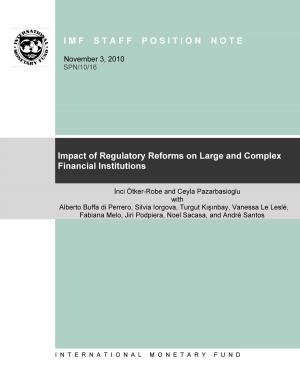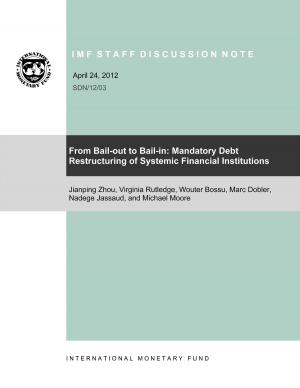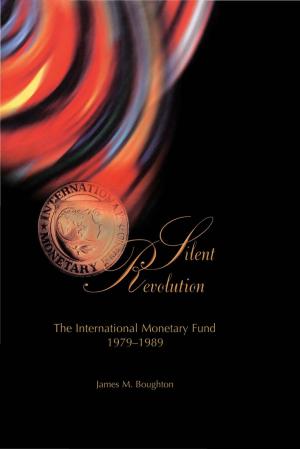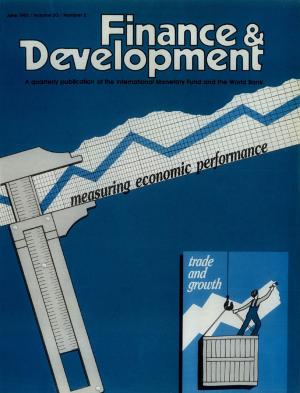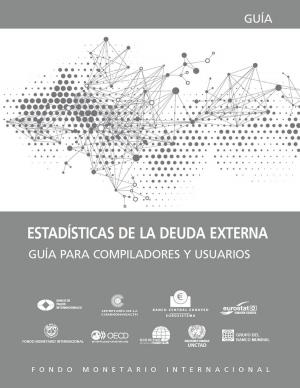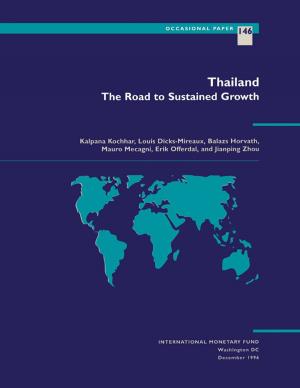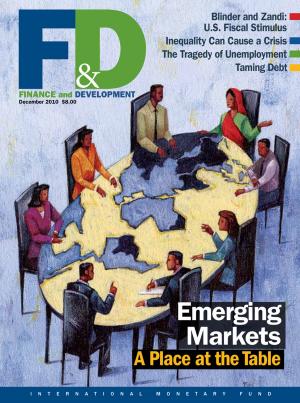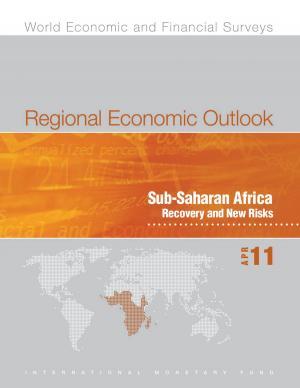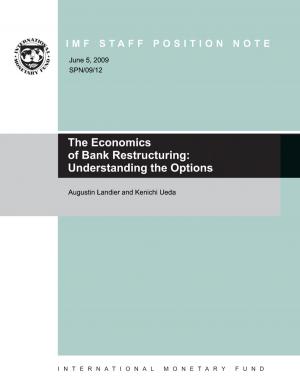Capital Inflows: The Role of Controls
Business & Finance, Economics, Money & Monetary Policy, Macroeconomics| Author: | Jonathan Mr. Ostry, Mahvash Saeed Qureshi, Karl Mr. Habermeier, Dennis B. S. Reinhardt, Marcos Mr. Chamon, Atish Mr. Ghosh | ISBN: | 9781452787657 |
| Publisher: | INTERNATIONAL MONETARY FUND | Publication: | February 19, 2010 |
| Imprint: | INTERNATIONAL MONETARY FUND | Language: | English |
| Author: | Jonathan Mr. Ostry, Mahvash Saeed Qureshi, Karl Mr. Habermeier, Dennis B. S. Reinhardt, Marcos Mr. Chamon, Atish Mr. Ghosh |
| ISBN: | 9781452787657 |
| Publisher: | INTERNATIONAL MONETARY FUND |
| Publication: | February 19, 2010 |
| Imprint: | INTERNATIONAL MONETARY FUND |
| Language: | English |
With the global economy beginning to emerge from the financial crisis, capital is flowing back to emerging market countries (EMEs). These flows, and capital mobility more generally, allow countries with limited savings to attract financing for productive investment projects, foster the diversification of investment risk, promote intertemporal trade, and contribute to the development of financial markets. In this sense, the benefits from a free flow of capital across borders are similar to the benefits from free trade (see Reaping the Benefits of Financial Globalization, IMF Occasional Paper 264, 2008), and imposing restrictions on capital mobility means foregoing, at least in part, these benefits, owing to the distortions and resource misallocation that controls give rise to (see Edwards and Ostry, 1992, for an example of how capital controls interact with other distortions in the economy).
With the global economy beginning to emerge from the financial crisis, capital is flowing back to emerging market countries (EMEs). These flows, and capital mobility more generally, allow countries with limited savings to attract financing for productive investment projects, foster the diversification of investment risk, promote intertemporal trade, and contribute to the development of financial markets. In this sense, the benefits from a free flow of capital across borders are similar to the benefits from free trade (see Reaping the Benefits of Financial Globalization, IMF Occasional Paper 264, 2008), and imposing restrictions on capital mobility means foregoing, at least in part, these benefits, owing to the distortions and resource misallocation that controls give rise to (see Edwards and Ostry, 1992, for an example of how capital controls interact with other distortions in the economy).
